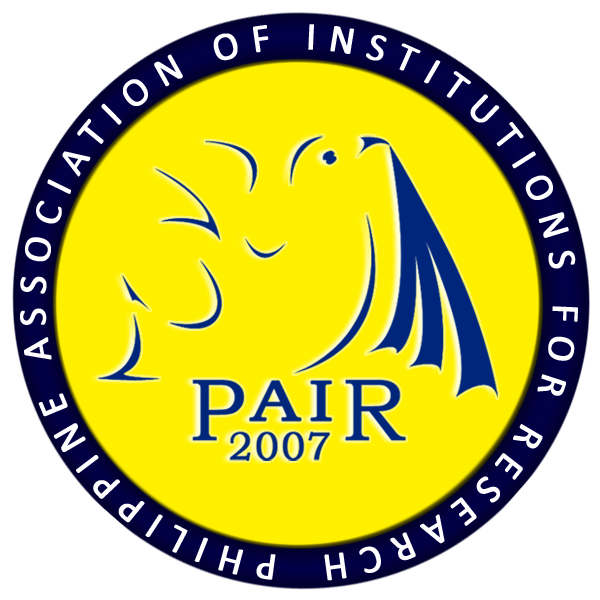On Generalized Solutions of Linear Congruence ax = b (mod n) for Large Modulus n
DOI:
https://doi.org/10.7719/jpair.v31i1.566Keywords:
Number Theory, cryptography, expository-developmental research, PhilippinesAbstract
Number Theory, a branch of Pure Mathematics, is crucial in cryptographic algorithms. Many cryptographic systems depend heavily on some topics of Number Theory. One of these topics is the linear congruence. In cryptography, the concept of linear congruence is used to directly underpin public key cryptosystems during the process of ciphering and deciphering codes. Thus, linear congruence plays a very important role in cryptography. This paper aims to develop an alternative method and generalized solutions for solving linear congruence axb (mod n). This study utilized expository-developmental research method. As a result, the alternative method considered two cases: (1) when (a,n) = 1 and (2) when (a,n) > 1. The basic idea of the method is to convert the given congruence ax ≡ b (mod n) to ax b + kn for some k, reduce modulus n by interchanging a and n, simplify the new congruence and perform the process recursively until obtaining a congruence that is trivial to solve. The advantage of this method over the existing approaches is that it can solve congruence even for large modulus n with much more efficiency. Generalized solution of linear congruence axb (mod n) considering both cases was obtained in this study.
Downloads
References
Adams, D.G. (2010). Distinct solutions of linear congruences. Acta Arithmetica, 141(2), 103-152. Retrieved from http://rmrj.usjr.edu.ph/index.php/RMRJ/article/view/13
Downloads
Published
Issue
Section
License
Copyright (c) 2018 Polemer M. Cuarto

This work is licensed under a Creative Commons Attribution-NonCommercial 4.0 International License.
Open Access. This article published by JPAIR Multidisciplinary Research is licensed under a Creative Commons Attribution-Noncommercial 4.0 International (CC BY-NC 4.0). You are free to share (copy and redistribute the material in any medium or format) and adapt (remix, transform, and build upon the material). Under the following terms, you must give appropriate credit, provide a link to the license, and indicate if changes were made. You may do so in any reasonable manner, but not in any way that suggests the licensor endorses you or your use. You may not use the material for commercial purposes.




















